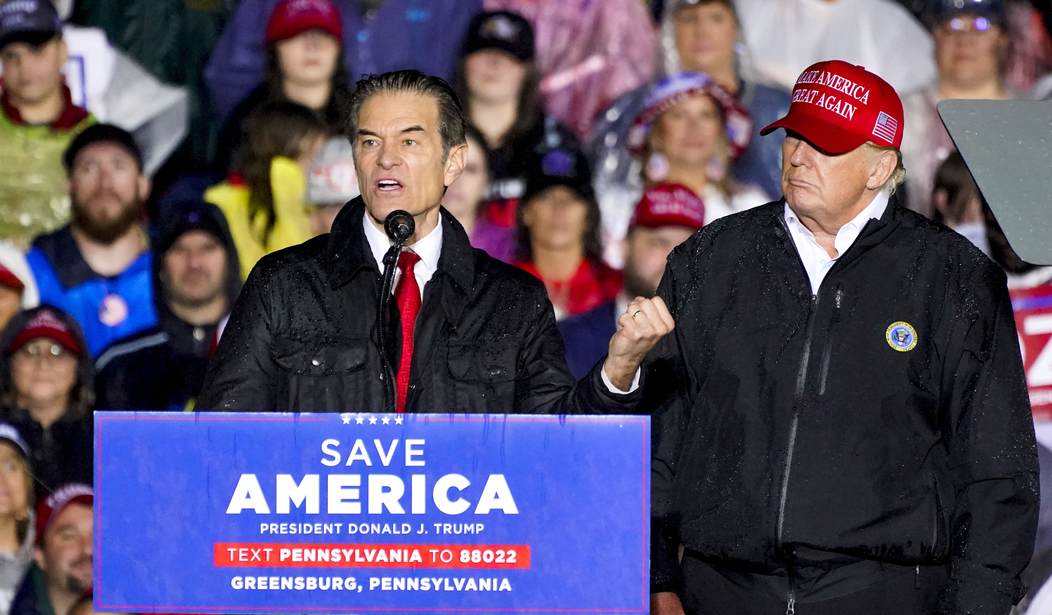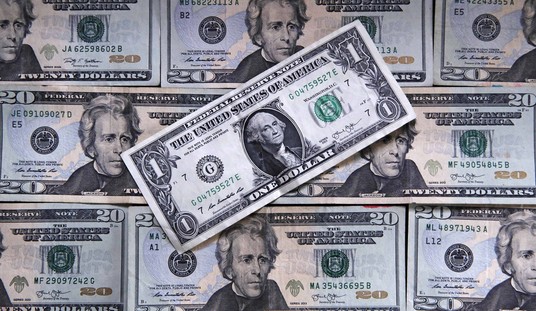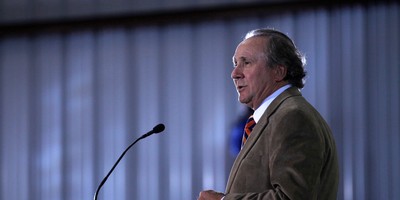FANNETTSBURG, Pennsylvania -- The first time I accidentally stumbled onto the cracked Back Road street sign in this Franklin County unincorporated town years ago, while covering the 2012 presidential race between then-President Barack Obama and Sen. Mitt Romney, I knew I had to turn onto it even though I had no idea where it led.
It was impulsive but proved helpful in taking my reporting in a different direction, to understand what voters were thinking. It helped me understand, with all of the potential of flipping this state red, why voters were using their energy and dissatisfaction with Obama to decide to sit that race out, but not to vote for his opponent.
To understand what happened in last week's Pennsylvania primaries, some of that history is instructive.
Four years earlier, even in the rural counties, a coalition of voters found themselves moved by Obama's promise of hope and change as well as the historical implications of electing the first black president, even if he was not their cup of tea on policies. Two years later in 2010, they still liked him personally, but still not his policies. As a consequence, they handed his Democratic Party a huge shellacking in this state's Senate, gubernatorial and House races.
By the time of the presidential election in 2012, it was clear voters -- Republicans, culturally conservative Democrats, and independents -- were even more unhappy with his policies. My question to voters then was whether Romney could awaken the sleeping giant of this yet-unnamed coalition of voters and persuade them to cast their ballots for him.
Some said, "Hell, yes," some weren't sure, some said they were staying home, and a lot just didn't say.
In the end, Romney failed to show those voters he would have their backs; they were waiting for him to do that, flirted with the possibility, but ultimately just stayed home when he came across as the guy who would bring the empty box to your desk rather than save your job. Obama won here, but by 284,000 fewer votes than he did in 2008. The migration away from Democrats was in motion.
Recommended
Former President Donald Trump, on the other hand, swept in here in 2016 with the guidance of people who knew the state, and he was able to draw out just enough voters in a series of counties that had gone from strongly supporting Obama in 2008 to supporting him tepidly in 2012. That's how Trump squeaked out a win.
While most of the focus on Pennsylvania four years later, in 2020, was on Trump falling back from those heights and thus narrowly losing the state to President Joe Biden, what was missed is that Republicans did really, really well down-ballot. They won two statewide offices in races for which they had very little money, held two congressional seats that had been predicted to fall to the Democrats, and gained state legislative seats they weren't even trying hard to gain.
In short, the conservative populist coalition -- formed by frustrated Main Street Republicans, centrist Democrats and independent voters -- grew, not shrank, despite Trump losing in the state. It grew again in the 2021 municipal races here last fall, where Republicans won in places they had never won before, sweeping county row offices in traditional western Democratic counties and regaining spots in suburban Philadelphia collar counties where they had been bleeding Republican voters in the past few election cycles.
In contrast, Pennsylvania Democrats -- thanks mostly to the progressive messaging coming out of Washington and echoed by the cultural curators in corporations, academia, the national news media and entertainment -- have seen their elected numbers contract during the past few years.
In 2018, the Democrats had a slight blip: They held the governor's office and a U.S. Senate seat thanks to statewide candidates Tom Wolf (for governor) and Bob Casey (for Senate) being able to hide their progressive cards close to their vest. It didn't hurt Casey and Wolf to have two very different yet weak Republican candidates running against them. That, with the help of the Democratic-controlled state Supreme Court redrawing congressional seats to help Democrats, contributed to making 2018 an anomaly favoring Democrats rather than a true indication of voting trends.
Which brings us to today. The primary race in both elections taught us several things, beginning with the Democrats. John Fetterman, who eventually won the nomination for U.S. Senate, was never the favorite of party bosses, going back to when he won his first race for mayor of Braddock by a single absentee ballot. While the establishment bosses spent their time not liking him, he spent his time going across the state talking, and listening, to voters in places like here in Franklin County.
His opponent Conor Lamb's campaign will go down in history as the worst campaign for Senate in either party, ever. His message, that he was the most electable, is hardly inspirational for the most activist party base, and neither is traveling around the state to garner endorsements from other politicians. It is not 1992.
Had Fetterman faced insurgent Republican candidate Kathy Barnette in the fall, he would have crushed her because of questions about her credibility and judgment. But in this environment of staggering inflation, historically high gas prices, and a crisis at the border that is bringing hideous amounts of fentanyl into the Pennsylvanian corridor while our 401(k)s are evaporating before our eyes, Fetterman will struggle against either Dr. Mehmet Oz or Dave McCormick, who are headed for a recount in the Republican battle. However, I would never underestimate Fetterman.
Republicans could pick up a couple of new House seats: Keep an eye on Guy Ciarrocchi in Chester County in the 6th Congressional District and Mike Doyle in the 12th District. The energy also favors the Republicans. More of them showed in the primary last Tuesday despite Democrats having 500,000 more registered voters, which itself is a registration advantage that has shrunk by nearly a million over the past few years.
The governor's race between Democrat and current Attorney General Josh Shapiro and Republican state Sen. Doug Mastriano is the only major race in the state that heavily favors the Democrats. Mastriano is well outside the right wing of the party and has demonstrated more interest in conspiracies than building a coalition to win or allowing the press to cover his campaign. The latter two contrast with Trump, who, despite his outsider persona, masterfully used the press to his advantage and knew he could not win with only Republican voters.
Mastriano's agenda is very narrow, and while his base is the most loyal in the state, it is also the most outside the mainstream of the electorate.
What is most interesting in this state is the Trump effect. He wrongly claims victory for Mastriano winning the primary because of his last-second endorsement, but Mastriano already was well on his way to winning before Trump got involved. The more compelling issue about Trump is that his voters will still tell you they loved his policies and the America First agenda, but his comportment since losing in 2020 has finally turned them off.
While nuance is dead in American reporting, the truth is a Trump voter can often believe he was a great president and still be ready to move on; both of those sentiments are fairly common.
The conservative populist coalition, which is flourishing in this state, was never formed because of him. Trump was not the cause but the result, which means the story about Pennsylvania this fall will be about the voters and not Trump. It won't be hard to find if you take the Back Road.

























Join the conversation as a VIP Member